FICCI Frames: Creating a level-playing field - a reality check on M&E
Experts from the M&E industry and senior Government officials did a reality check with private sector players discussing ways to monetise consumption platforms and calling for a level-playing field for all stakeholders and transparency in policies and implementations.
Speaking at the FICCI Frames 2017 session on ‘Do the Lions Still Roar: A Reality Check for Media and Entertainment Industry and its contribution’, Ajay Mittal, Secretary, Information & Broadcasting, Government of India, sought to address the issue of threats of violence to film makers, stating that creativity is the soul of society and should not be fettered. “Our Constitution articulates protection very well”, but this freedom is not absolute and the Constitution speaks of reasonable restrictions, he added.
Sudhanshu Pandey, Joint Secretary, Department of Commerce, Ministry of Commerce and Industry, Government of India, pointed out that the service sector in India was largely in the unorganised sector and had found its own way to grow. In the next phase the country has to move towards a level-playing field. Transparency in the policy framework and implementation were critical in creating such an environment, he said.
The other panellists were Siddharth Roy Kapur, film producer and President, The Film and Television Producers Guild of India; Anurradha Prasad, Chairperson & MD, BAG Films & Media; Bharat Anand, Henry R. Byers Professor of Business Administration, Harvard Business School; Raj Nayak, CEO, Colors – Viacom18; Harit Nagpal, Managing Director & CEO, Tata Sky; and Kapil Agarwal, Joint Managing Director, UFO Moviez India.
The session was moderated by Nalin Mehta, Consulting Editor, The Times of India and Senior Fellow, IDF & Editor, South Asian History and Culture (Routledge).
The industry players agreed that this was a diamond era for content creators, but wondered how the digital platforms could be monetised unless the subscription business model came into play. There was need for all stakeholders to get together and sort out the issues. Censorship in any form was unacceptable because the so-called offensive content was available for viewing on YouTube. It was noted that today everyone is a media company providing content and that there was a blurring of industry boundaries.
In the session on ‘The Content Trap: A Strategist’s Guide to Digital Change’, Bharat Anand, Henry R. Byers Professor of Business Administration, Harvard Business School, said that if content is king, then content connectors are emperors. He added that not just content but differentiated and unique content was the king.
Anand noted that just content was not enough, but creation of a fundamentally different experience was needed for success. He added that there were complementarities being built between content and connectors which was helping in enhancing business.
Speaking about hierarchy in content, he said that digital fundamentally encourages openness, but there was hierarchy in content, which allowed only a certain kind of information to be published and there was need to balance out hierarchy and content.
Connecting the Unconnected
JS Deepak, India’s Ambassador Designate to the WTO, outlined the challenges and opportunities that the telecom sector and the digital world faces, especially in terms of data connectivity. He was speaking during the session on ‘Connecting the Unconnected - Upgrading technology and infrastructure to the last mile’.
Deepak noted that the pace of internet subscription in India is growing by leaps and bounds and there is a need to realise that that with every 10 per cent increase in internet digital connectivity, the GDP grows by a full percentage point. He pointed out that only 18 per cent of the rural households in India are digitally literate and, therefore, there is need to leverage this, else the asymmetry of information would lead to a digital divide.
He said that at present the access to content is restricted to 300 million people as it is created in English. Content was not being available in local languages and the divide was magnified by lack of connectivity of local bodies.
The Digital India vision of the Government, Deepak said, sought to create a digitally empowered society. The aim was to provide broadband connectivity in all the 2,500 gram panchayats. Once accomplished, it would lead to increase in demand and step up the flow of investments. He underlined the need for partnerships between industry and consumers, between industry and government, and between telcos themselves to make the Digital India programme truly transformative.
Other experts who shared their perspectives on the topic were Himanshu Kapania, Managing Director, Idea Cellular; Anuj Gandhi, Group CEO, India Cast Media Distribution; Rajan S Mathews, Director General, Cellular Operators Association of India; and Ranjana Narwane, Industry Capacity Lead for Communication Media & Technology, Accenture Technology. The session was moderated by Neeraj Roy, Managing Director & CEO, Hungama Digital Media Entertainment.


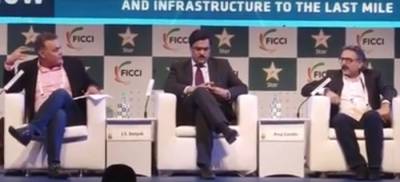
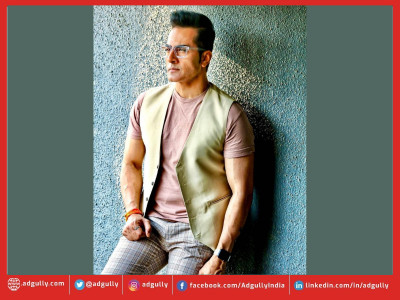

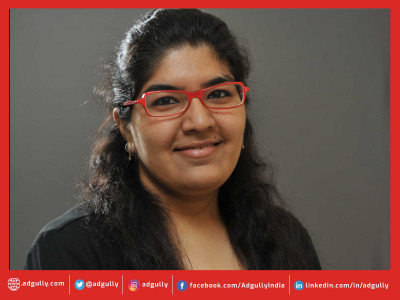
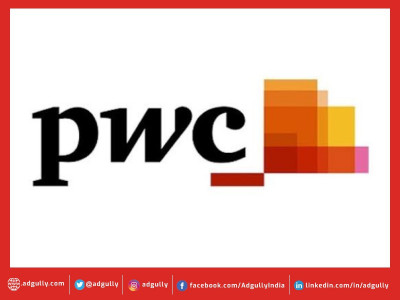
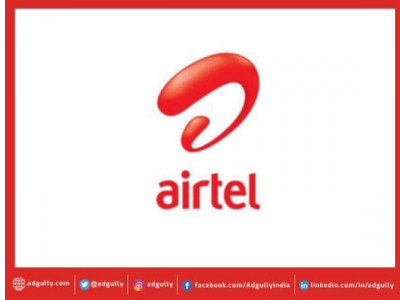
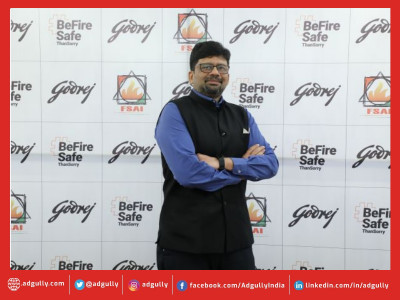
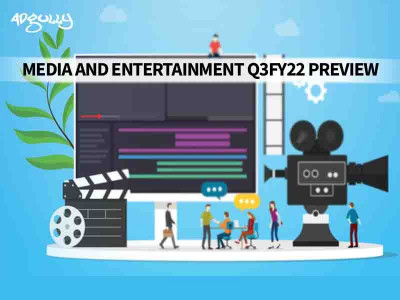
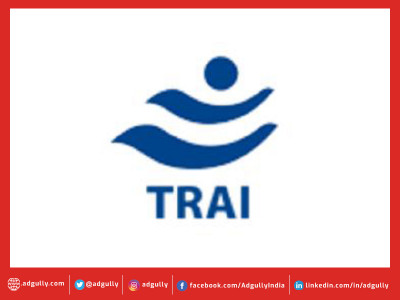
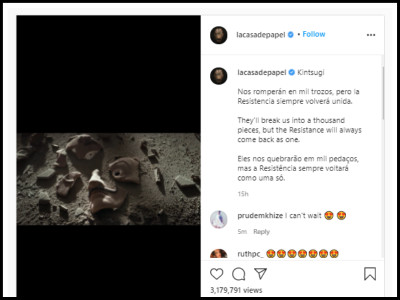





Share
Facebook
YouTube
Tweet
Twitter
LinkedIn